Fiona Kolbinger’s overall win in the 4,000km 2019 Transcontinental Race shattered the assumption that the fastest cyclists are necessarily male.
The 24-year-old medical student became the first female winner of arguably the world’s hardest bike race, finishing six hours ahead of her closest rival, Ben Davies.
Kolbinger made mainstream news with channels as diverse as Fox News and the BBC covering the story, while followers of ultra cycling were impressed but not surprised.
Men have a biological advantage (including higher muscle mass, lower body fat and higher VO2 max), which helps them cycle faster in short events.
But many of the best ultra-endurance cyclists were already women. And the tables appear to turn in women’s favour as hours turn into days and then weeks.
Why is this the case? It’s a question scientific research has struggled to answer, but we spoke to the likes of Lael Wilcox and Jenny Graham, plus organisers of the Transcontinental Race, to find out.
A track record
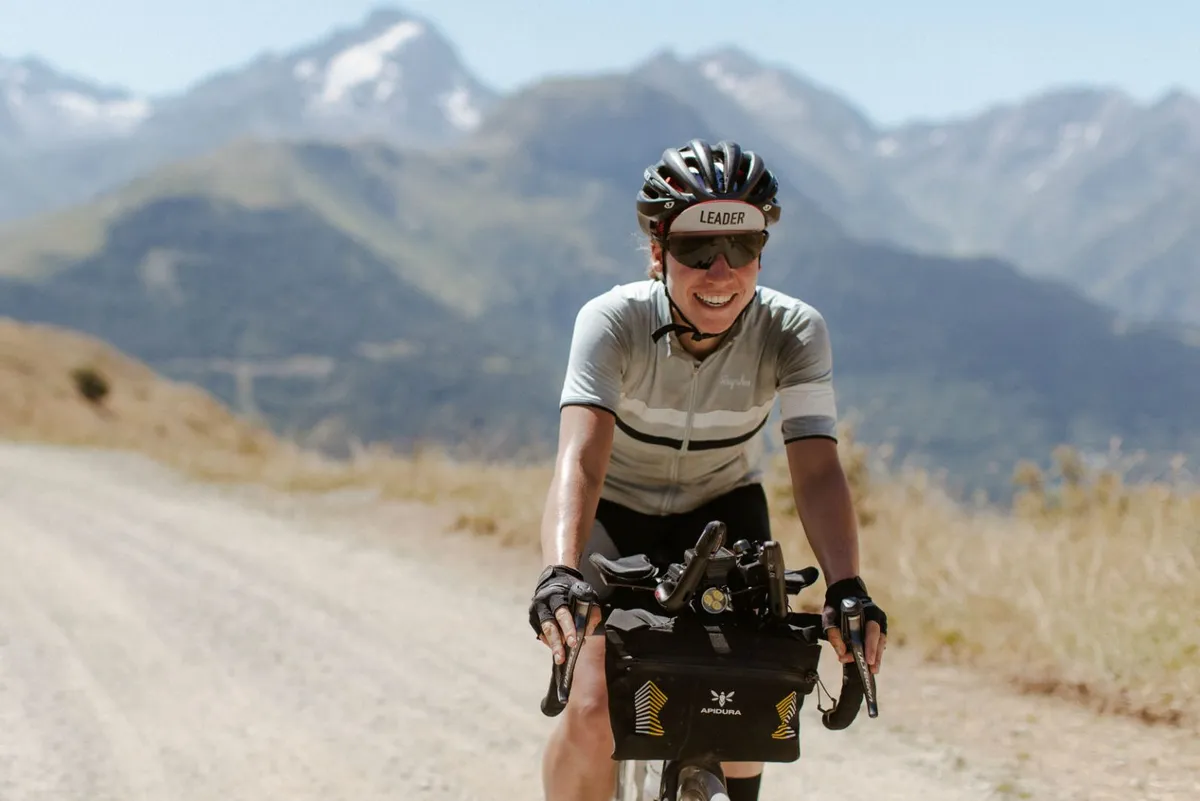
“Over distance and time, women have a fighting chance, which is unusual in other disciplines of bike racing,” says Wilcox, who won the 7,000km Trans Am race, crossing North America from west to east, overall in 2016.
“The longer the distance, the smaller the gap between the men and the women, especially in ultra-endurance events.
“You're never really at max capacity except for maybe at the beginning when all the gaps are established,” says Lauren De Crescenzo, the US gravel racer and 2021 women’s Unbound Gravel winner.
Before Kolbinger’s triumph, plenty of impressive female performances seemed to support this theory.
Wilcox held the unofficial overall Fastest Known Time on the 1,300km Arizona Trail until 2023.
Her 15-day completion of the 4,300km Tour Divide route in 2015 remains the women’s record and few men have ridden faster.
Are women faster self-supported?

On paper, the fastest male circumnavigation of the world by bicycle (78 days) looks much faster than the female record (124 days).
But the number of days is deceiving. Mark Beaumont’s 2019 record was completed with a full support crew, while Jenny Graham set the fastest women’s time self-supported in 2018.
Guinness World Records doesn’t distinguish between supported and unsupported rides, so Beaumont holds the record. Graham’s is the fastest self-supported time that Guinness World Records has ratified, male or female.
There are only eight hours between the men’s and women’s records for the 1,350km LEJOG time trial.
Michael Broadwith rode from the southern to northern tip of the UK in 43 hours, 25 minutes and 11 seconds in 2018. Christina Mackenzie took just 51 hours, five minutes and 27 seconds in 2021.
Catching up
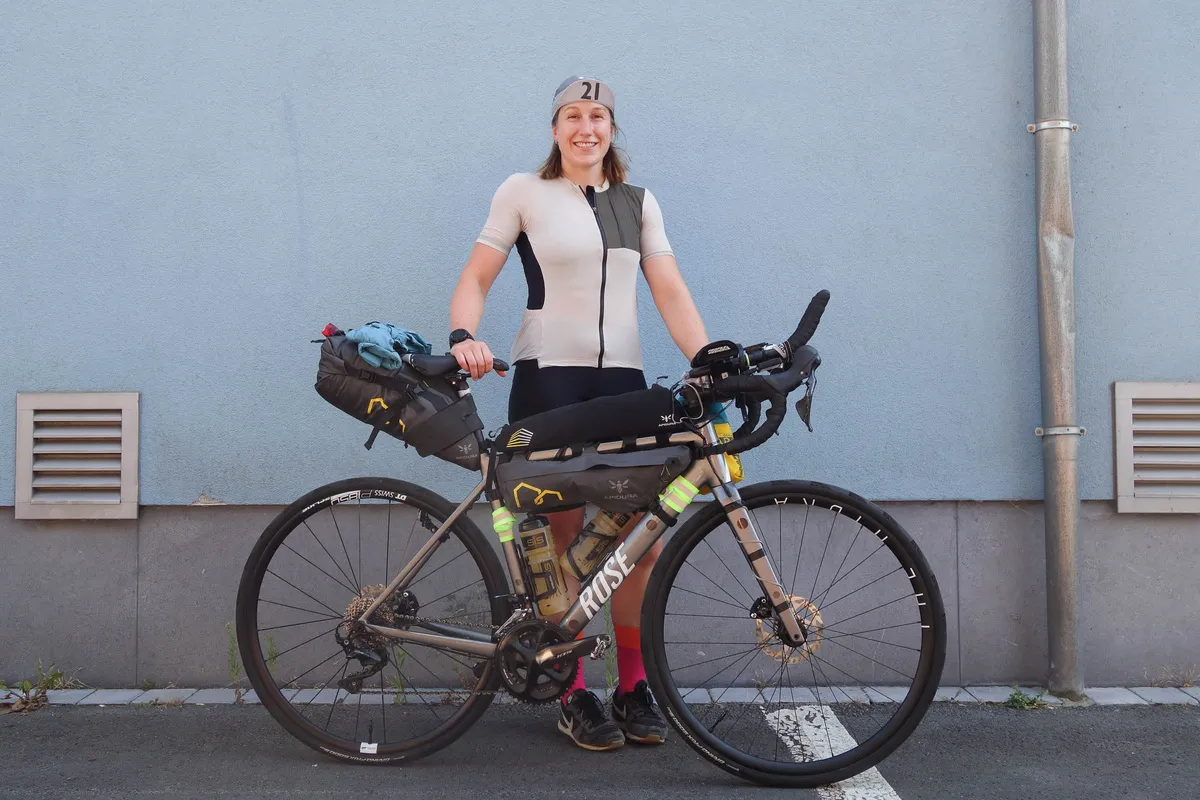
Several studies have analysed men’s and women’s relative performance in ultra-endurance cycling.
In 2013, researchers from the University of Zurich published a paper comparing male and female race results in the Swiss Cycling Marathon, a 720km race.
The researchers showed women’s speeds improved over the period by almost five per cent. This narrowed the gap between the fastest three male and female cyclists to approximately 14 per cent in 11 years.
This is consistent with the 10-16 per cent discrepancy observed in endurance sports over short and longer distances, according to the scientists.
Nonetheless, scientists concluded women could close the gap to men in longer ultra-endurance cycling events.
In the Race Across America, a 4,828km time trial from the west to east coast, there could be no discernible difference if more women take part and the current rate of improvement continues.
The longer the better?
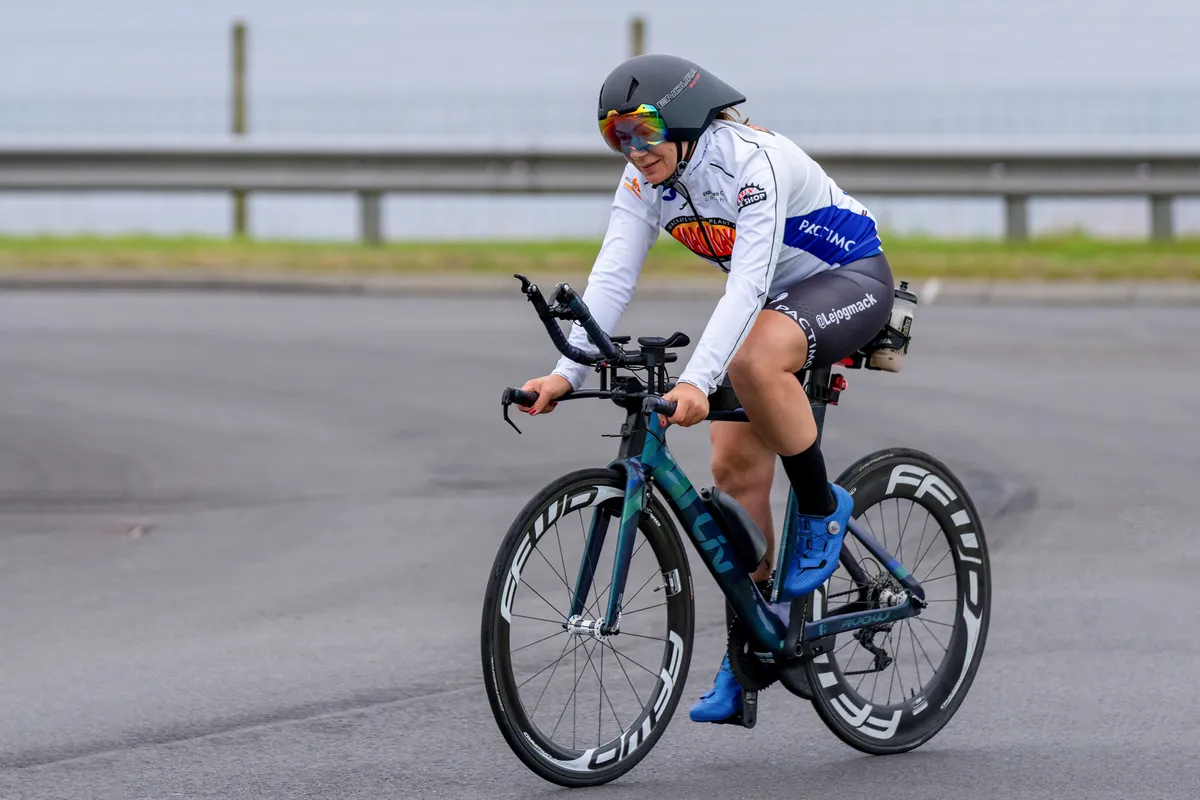
A 2020 study found men rode faster between 100 and 200 miles, but the gap closed from 400-500 miles.
Like the Swiss Marathon study, the authors cautioned the low proportion of female entries (from 3-11 per cent) may have skewed the results.
They suggested biological attributes that generally give men a higher ‘top end’ (such as higher muscle mass, VO2 max and anaerobic capacity for more power) dip in relevance as average speed drops.
In fact, higher body fat could help women, by providing extra energy for low-intensity exercise, according to the researchers.
The fastest woman to ride round the world, Jenny Graham, says: “It’s possible that women’s higher body fat keeps them warmer while sleeping out at night, so they get more rest.”

Lauren De Crescenzo, the 2021 women’s Unbound Gravel winner, says: “Women have more slow-twitch muscle fibres, which helps us in longer events.
“You are not relying on fast-twitch fibres and bigger muscle mass, so the gaps get smaller between men and women.”
Slow-twitch muscle fibres are key for cycling endurance. Compared to explosive fast-twitch muscle fibres, slow-twitch muscle fibres are more fatigue-resistant and efficient.
They favour using the body’s unlimited fat stores for fuel, preserving finite carbohydrate stores, which can help avoid bonking – a potential disaster for long-distance cyclists.
Mind over matter?

If physiological characteristics, genetic or otherwise, don’t fully explain women’s performance over long distances, then what does?
Hannah Larbalestier, from Transcontinental Race organisers Lost Dot, says: “It's about your ability to just keep going rather than your ability to go fast.”
Even if you are riding what might be considered slowly (for example, 15-20kph), Larbalestier says: “You can still ride a hell of a long way over 24 hours.
“And that's why time in the saddle is so much more important than what speed you're going.”
The complexity of ultra-endurance cycling means physical ability isn’t always enough.
“There are so many different skills and things that play into it, like making good decisions,” Wilcox says.
Despite the huge physical challenge, Jenny Graham says: “Your head has so much to do with ultra-endurance cycling.
“Once your legs are conditioned to ride hundreds of miles day after day, it comes down to your mind because your body is able to do it.”
De Crescenzo says: “The more equal dynamic between men and women [in ultra-endurance] comes down to more training and mental toughness, both of which are areas where women exceed.”
Efficiency
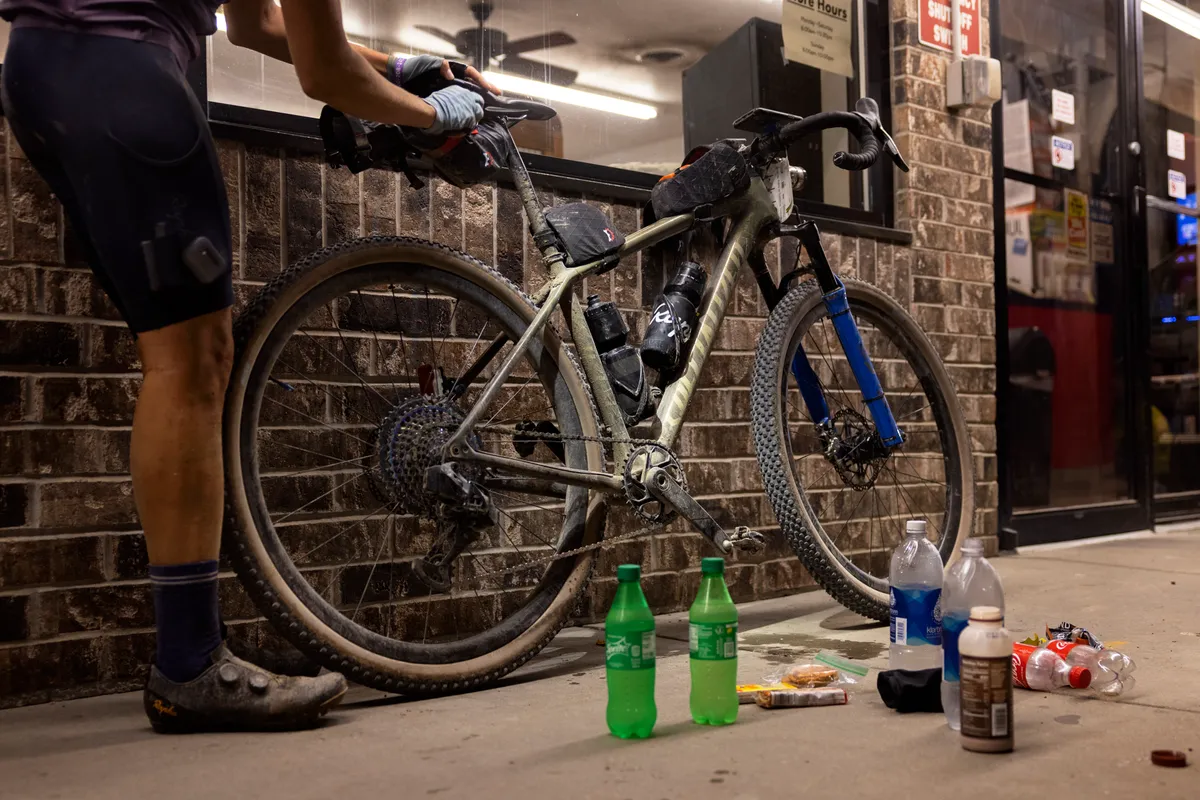
In bikepacking races or Fastest Known Time attempts (FKTs), the clock doesn’t stop when you do. FKTs are long-distance, self-supported time trials on a fixed route.
Wilcox adds: “The secret to this racing is being efficient with time and multitasking if possible.”
She has a list of jobs to do when she has to stop, for example: change layers, relube the chain, refill bottles, eat and charge devices.
This was also pivotal to Kolbinger’s 2019 Transcontinental Race win, according to Larbalestier.
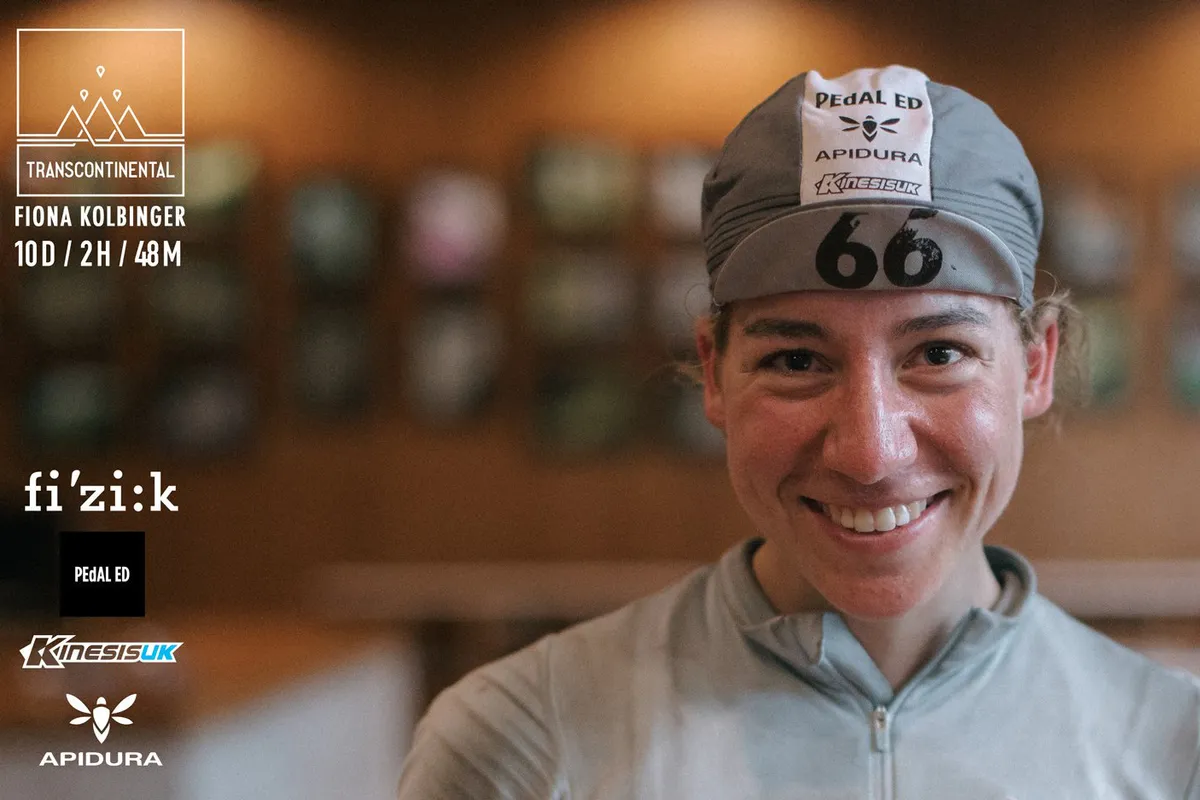
“One thing that Fiona talked about after her win was that she was super organised and super efficient,” says the race coordinator.
“She'd get a stop at a shop done in a few minutes and do everything that she could do on the bike.”
Nothing is stopping a female ultra racer being more efficient than a male rival and consequently spending more time pedalling.
This could counteract the disadvantage of a woman’s potentially lower average speed.
Taylor Doyle is the media manager for the Transcontinental Race and herself an ultra-endurance cyclist.
She says: “Ultra-cycling is about forward momentum, not necessarily rapid momentum.”
Pacing
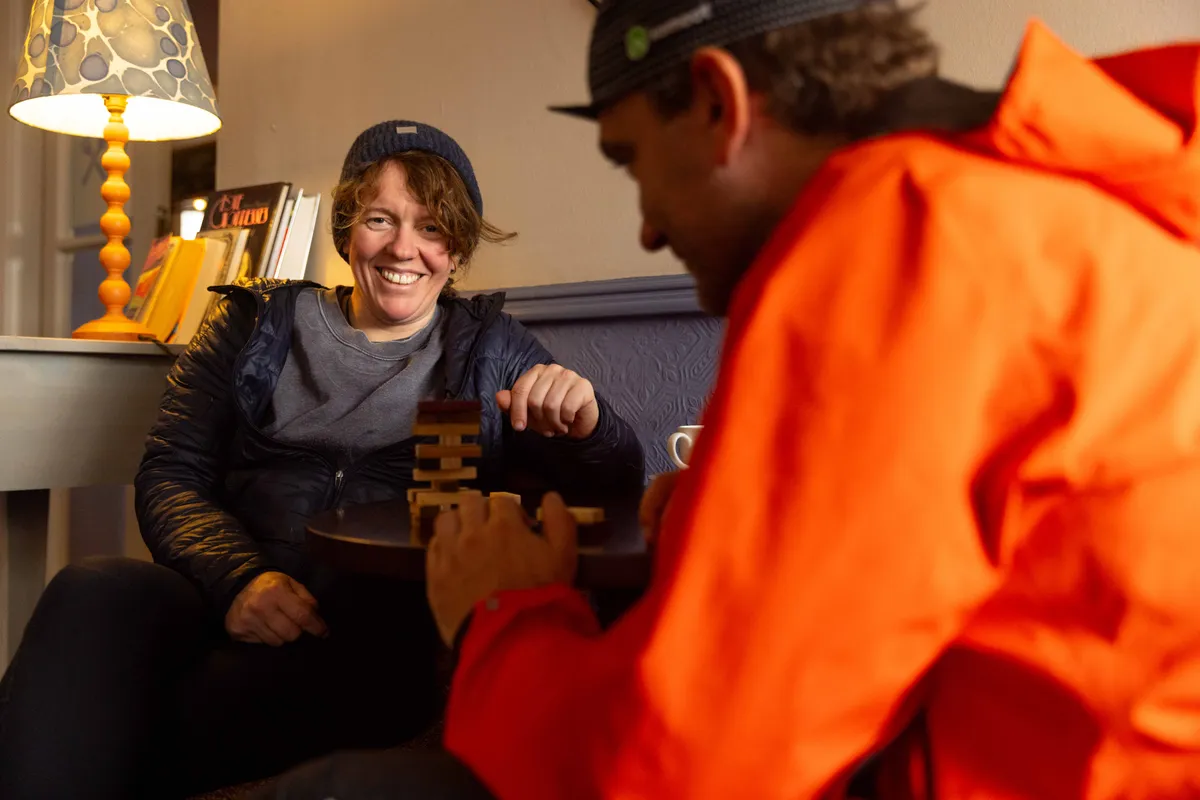
A 2015 study into marathon runners found men were more likely to slow during the race than women. Some interpreted this to mean women runners are better at pacing.
A similar study hasn’t been conducted into cycling. But can we draw parallels between the steadier pacing of female runners and ultra-endurance cyclists?
Doyle says: “I think women are really good at making good decisions and are in tune with their bodies.”
She admits that might be a generalisation because anyone can know their capacities well.
But she adds: “I think the best [female] riders are super in tune with their bodies and know when they are pushing over the limit.
“It can take one wrong decision to not be able to come back and be at your best.”
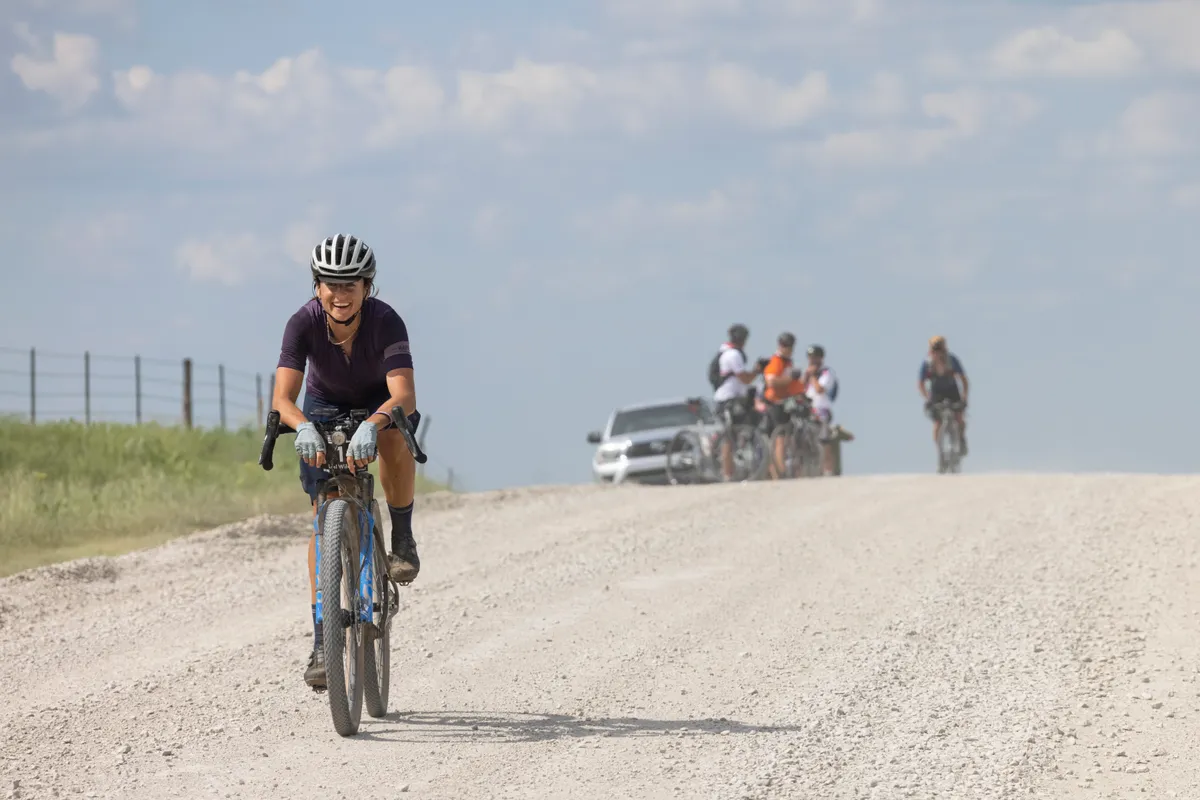
Graham also speculates women could be better at pacing ultra-endurance rides.
“Women I’ve ridden with are very good at keeping their head together,” she says.
“They ride hard but also keep enough in the tank to look after themselves the next day.
“Perhaps they get into less of a hole [than men], but that’s just speaking about my own friends.”
Pain threshold
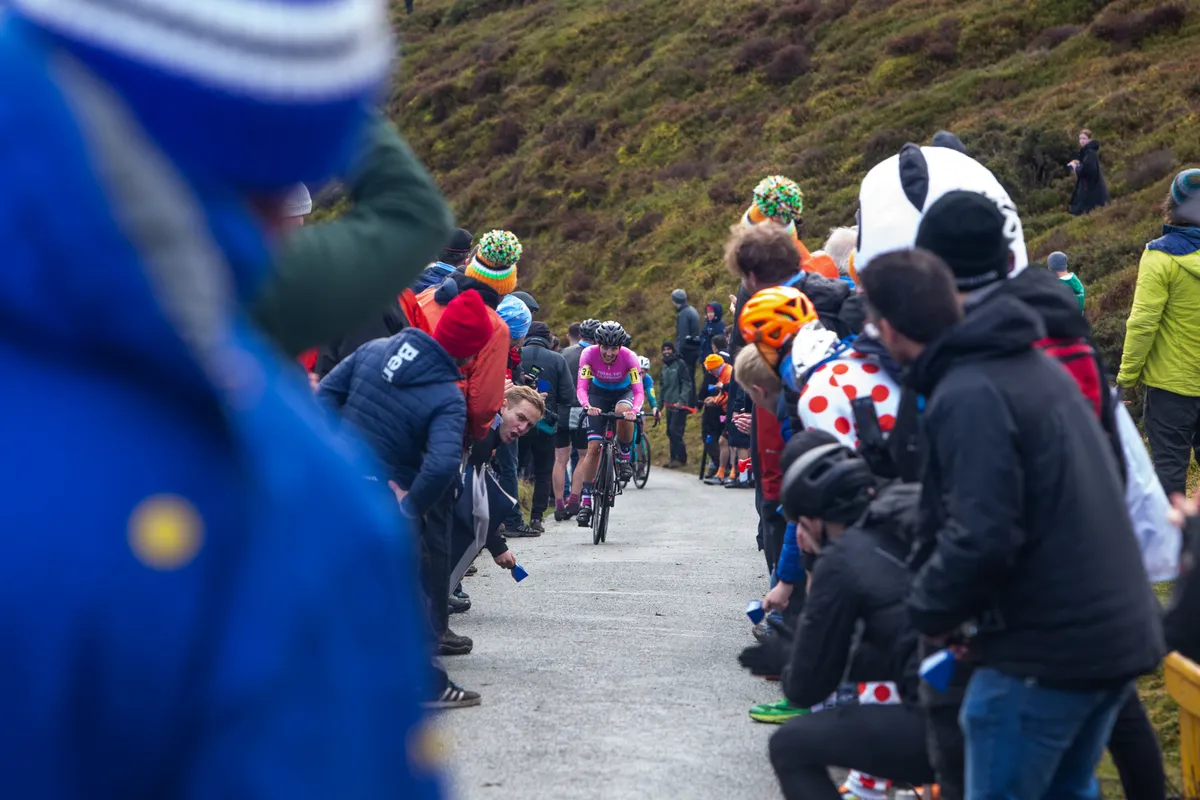
Psychological toughness and ability to 'suffer' is often romanticised in ultra-endurance cyclists.
Could women’s supposedly greater pain tolerance help them here? It seems not.
A review of pain-related scientific studies reached the opposite conclusion: that women are more sensitive to and worse at inhibiting pain than men.
Wilcox hasn’t given much thought to whether or not she has a physiological advantage as a woman and says this may help her.
“So I haven't gotten scientific about it because for me that would be kind of a mental drain versus just being out there and going by feel,” she says.
“And that might also be in some cases an advantage, because nothing ever goes to plan.”
For example, Wilcox says you might fail to achieve a certain average speed or go off-course.
The skill is to find a solution and be “forgiving of your mistakes”.
“Everybody makes them so it might help me that I'm not too worried about achieving perfection on the bike.”
What does the future hold for women’s ultra-endurance cycling?
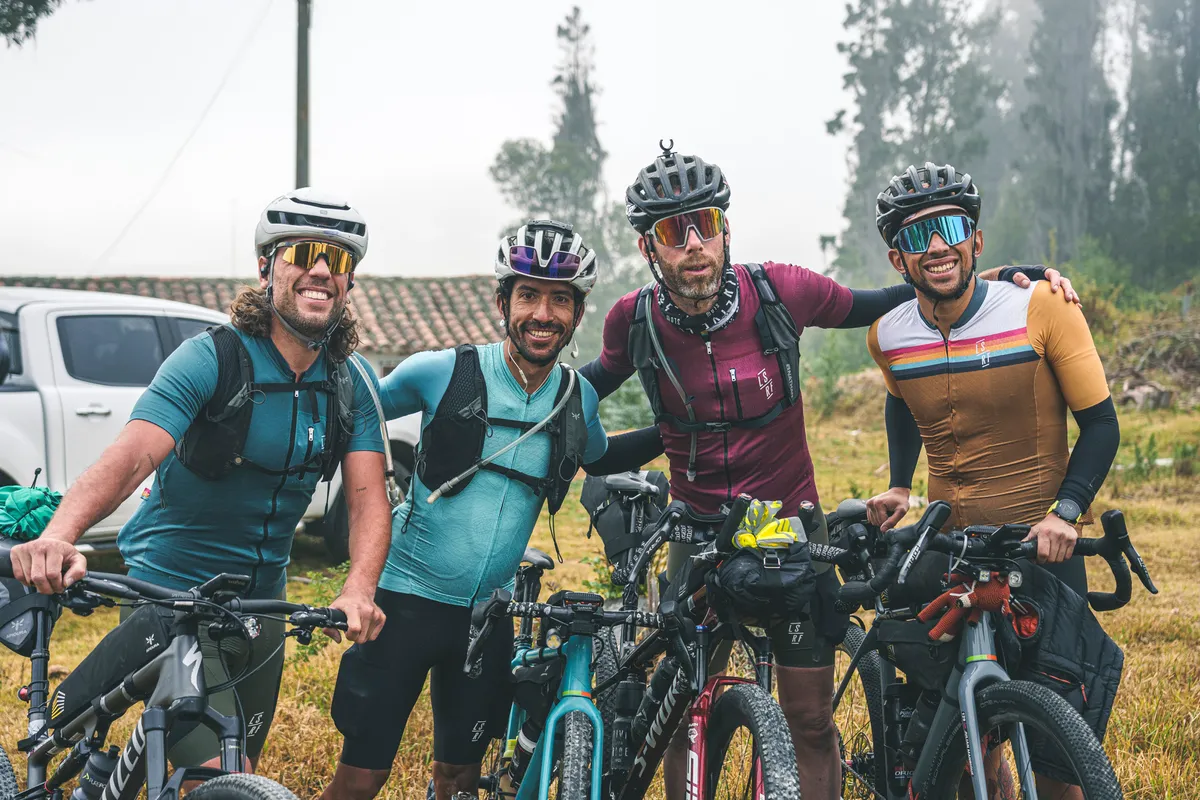
The question of whether women are better than men in ultra-endurance cycling is complex. The lack of research on the topic doesn’t help either.
Larbalestier says: “It's so multifactorial that it's hard to break it down.
“Women's participation in cycling is just very low on the whole, so it becomes very hard to analyse it in a kind of data-driven way.”
She says we tend to pick out “one-case examples”, such as Leah Goldstein winning the overall Race Across America in 2021.
“But it's hard to extrapolate that across the whole sport and say when women could be better than men at ultras,” adds Larbalestier.
Making sweeping judgements about gender is also tricky.
“I think I would err on the side of caution and maybe not make those generalisations, especially because we're learning more about the spectrum of gender,” says Doyle.
She also says the lack of diversity is not just about men and women: non-binary and non-white people are also underrepresented in cycling.
Systemic issues
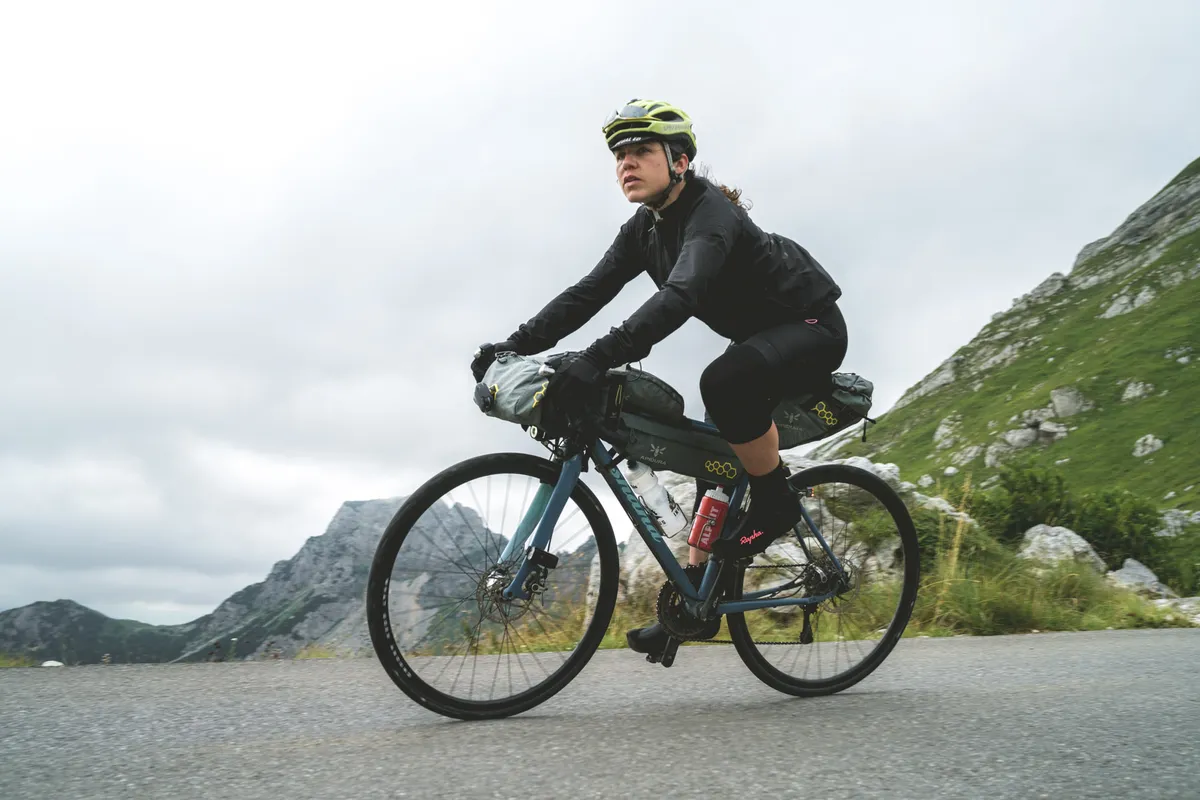
Society-wide gender inequality leads to lower turnout from women than men in sport in general.
Graham says: “Women have had to fight hard to take part in sport. They’ve not been supported or represented in the same way [as men]."
Notwithstanding the success of women such as Emily Chappell and Fiona Kolbinger in the Transcontinental Race, Larbalestier says many more men race than women.
In 2019, the year of Kolbinger’s victory, 40 women started out of a 265-strong field. The balance hasn’t improved since.
This is despite Lost Dot treating applications from women and other underrepresented groups preferentially.
Larbalestier and Doyle say they feel welcome at ultra races where men make up the majority of entrants.
But factors beyond race organisers’ control depress female entries.
The cost of ultra-endurance racing

On average, women earn less than men. This makes it harder for them to afford the cost of entering, training for and taking part in an ultra-cycling race.
Women also have more childcare responsibilities and tend to be in more precarious employment. Therefore, it can be harder for women to take time off to race for days or weeks.
However, some endurance bikepacking events already have a 50/50 gender balance, such as the Pennine Rally, or are women-only, such as the Komoot Women’s Rally.
Doyle says such rides can serve as a gateway for women to competitive events, which are open to all.
But what would have happened if over the past 50 years women had had the same opportunities as men?
“Who knows? Maybe we would be on a more level playing field,” Graham says.
She argues that ultras where the start sheet has a more even gender balance reflect this in the results.
For example, five women finished in the top 10 of the 2021 GBDURO, a 2,000km self-supported bikepacking race in the UK.
The example of gravel
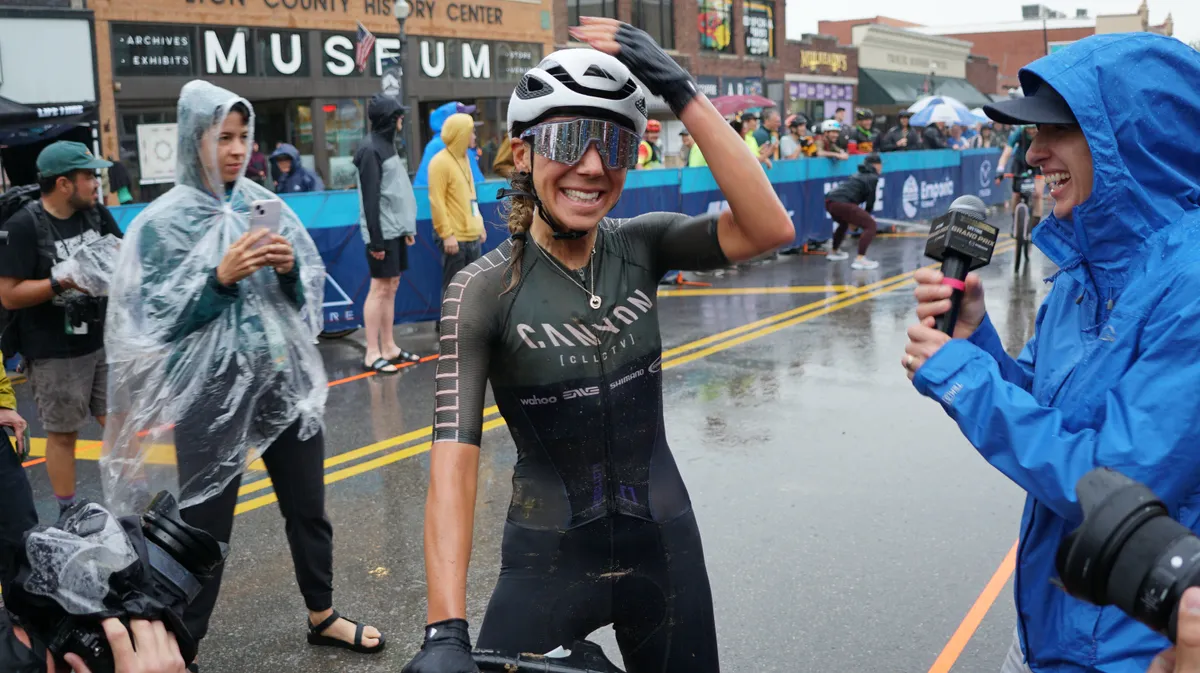
De Crescenzo explains that a more level playing field has emerged in the Life Time Grand Prix US gravel racing series.
“What attracts me most to gravel is the equality,” she says.
“At the Life Time races and all the gravel events, we get equal prize money and ride the same distance, which hasn't always been the case in road racing.
“Now with our own starts, we have equal media coverage and we have all the same media opportunities in the Life Time series, which is really cool.”
This helps the women’s peloton land more and more valuable sponsorship deals, according to De Crescenzo. The brands believe they’ll see more return on their investment from the added coverage.
“I know a lot of women have left their careers because they're able to fully support themselves just from gravel racing, which I think legitimises the sport even more,” adds De Crescenzo.
If cycling, including ultra-distance riding, could follow this template, surely the gap between men’s and women’s finishing times would decrease quicker.
Have we been here before?
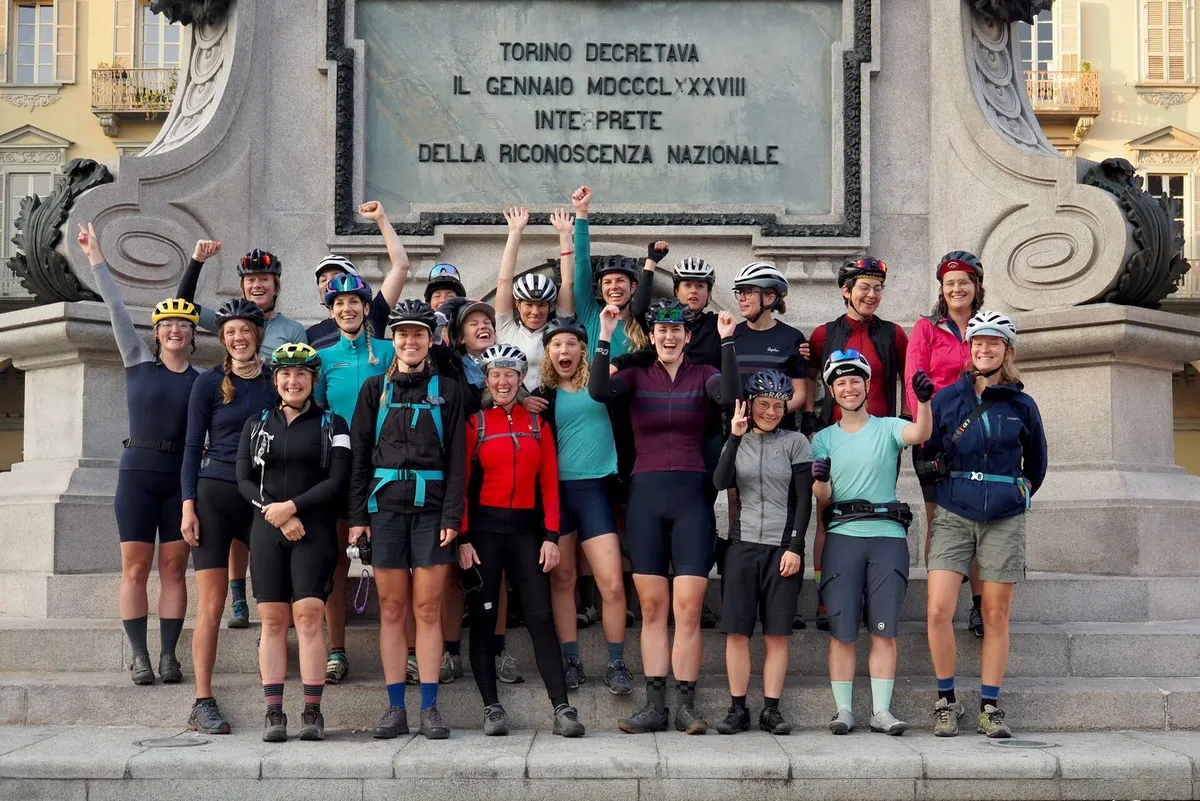
The scientific evidence shows the gap between women and men in very long bike races is closing, while individual women are winning races overall.
But history suggests it’s important not to get too far ahead of ourselves.
In an article published in the Nature journal in 1992, Brian Whipp and Susanna Ward forecast that women would outpace men in the marathon by 1998.
They based their prediction on women maintaining their rapid rate of improvement and men’s progress remaining steady.
This hasn’t come to pass. The men’s marathon record is currently 11 minutes, or nine per cent, faster.
The parallel to ultra-endurance cycling isn’t exact. A two-hour marathon requires an exceptionally high V02 max, which means a male athlete is more likely to be able to achieve this pace. Whereas, the lower intensity of ultra-endurance cycling can be to women’s advantage.
It may be better to wait until female participation matches men’s in ultra-endurance cycling before making another bold prediction.
The future is bright for women in ultra-endurance cycling though.
“It’s a really exciting time to be a woman in ultra [cycling] because it’s taking off right now,” says Doyle.
While she relishes seeing more women on start lines, when female turnout is lower, she thinks: “It’s okay because I’m still going to beat a huge chunk of these men.”
